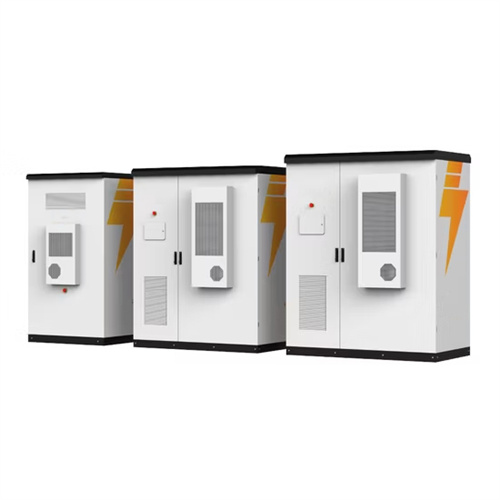Solar photovoltaic energy conversion pdf
The solar thermal energy (STE) is used to strap up sun energy for heat. At rst this fi technology is used only in large-scale power plants, and thus the generated power is used for cities and communiti.
A solar thermal collector (STC) collects high-temperature beams as absorbing sunlight. It is a.
These technologies utilize mirrors to focus an enormous space of sunlight onto a receiver and thus generate solar power. Power is produced when the collected sunlight is.
– Solar power tower (central receivers) This system utilizes a huge eld of fi mirrors to collect sun energy to the top of the tower, where a collector sits. Liquid salts generally moving thr.
To design a solar power plant, the primary requirement is nding the location which fi may be ground-mounted or at the rooftop. Here all the parameters are discussed mostly suit.
The solar panel of the electrical circuit design is the major part in solar power generation. The basic technologies involved are DC-DC converter and DC-AC inverter an.
As the photovoltaic (PV) industry continues to evolve, advancements in Solar photovoltaic energy conversion have become critical to optimizing the utilization of renewable energy sources. From innovative battery technologies to intelligent energy management systems, these solutions are transforming the way we store and distribute solar-generated electricity.
Related Contents
- Photovoltaic solar energy conversion system
- Solar photovoltaic and energy storage exhibition
- Solar energy storage panel energy conversion
- Can solar photovoltaic panels store energy
- Brazil solar photovoltaic energy storage
- Solar photovoltaic home energy storage
- Natural resources canada solar photovoltaic energy
- Photovoltaic systems convert solar energy into
- Photovoltaic module for solar energy
- Solar energy storage batteries pdf
- Solar photovoltaic installation solar energy installation degree
- Photovoltaic systems utilize solar energy by
